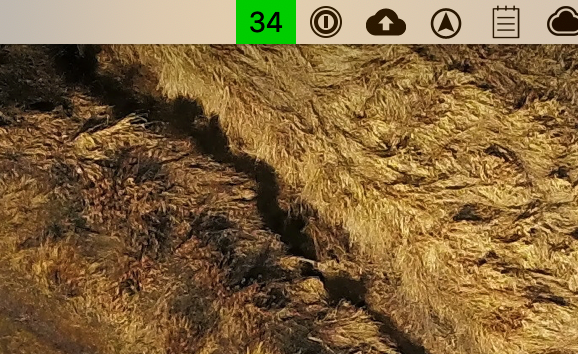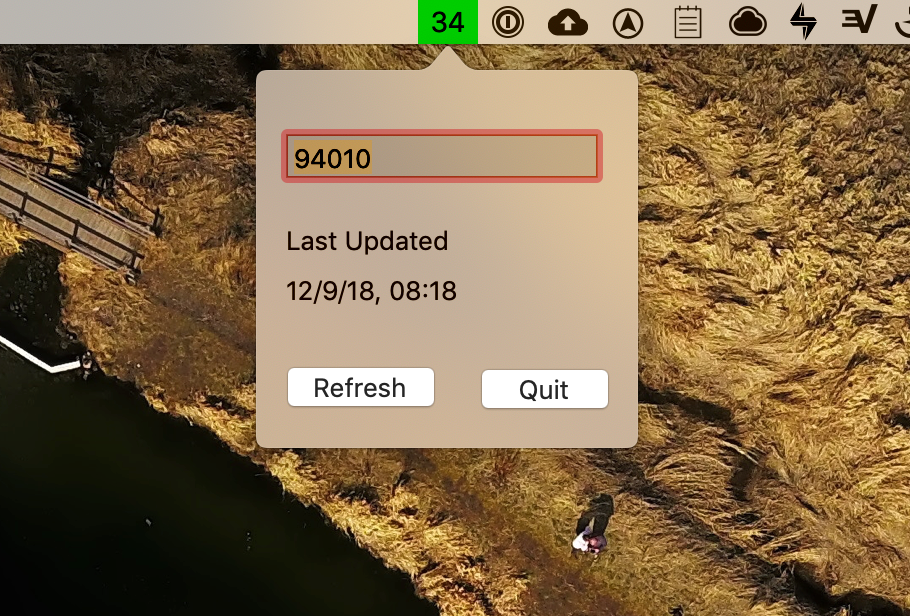🎵 Music of the Week: W50, 2018
When it comes to ambient music, no other band comes close to reaching the amount of emotion Stars Of The Lid infused into their songs.
🎵 Music of the Week: W50, 2018 Read More »
When it comes to ambient music, no other band comes close to reaching the amount of emotion Stars Of The Lid infused into their songs.
🎵 Music of the Week: W50, 2018 Read More »
These should be watched in full screen:
Orbit is a real time reconstruction of time lapse photography taken on board the International Space Station by NASA’s Earth Science & Remote Sensing Unit.
The structure of the film is built around a nested selection of Phaeleh’s last three albums; Lost Time, Illusion of the Tale & Somnus. The tone & pacing of each track influenced the choice of material used.
Typically each time lapse sequence was photographed at 1 frame per second.
Each sequence was processed in Photoshop. A dirtmap was made in order to repair dust, blemishes and hot pixel artifacts that would otherwise confuse the re-timing phase of the workflow resulting in strobes and distracting blurs.
Image processing techniques were used to emphasize features on the Earth’s surface. Every sequence consists of a number of layers that when masked, processed & blended correctly produce the final look of each shot.
To make sure each sequence was recreated faithfully to the actual rate of speed observed I referenced time-stamps on the first and last frame in the sequence and used frame interpolation software to produce the other 59 frames.
The length of the film is exactly the length of time it takes ISS to orbit the Earth once, 92 minutes & 39 seconds.
Seán Doran, February 5th, 2018
Grammy® award-winning American composer Eric Whitacre’s symphonic work Deep Field was inspired by the world’s most famous space observatory, the Hubble Space Telescope, and its greatest discovery – the iconic Deep Field image. The new film – Deep Field: The Impossible Magnitude of our Universe – illuminates the score by combining Hubble’s stunning imagery, including never-seen-before galaxy fly-bys, with bespoke animations to create an immersive, unforgettable journey from planet Earth to the furthest edges of our universe.
The film is a first-of-its-kind collaboration between Grammy® award-winning composer & conductor Eric Whitacre, producers Music Productions, scientists and visualizers from the Space Telescope Science Institute and multi award-winning artists 59 Productions. The score and film paint the incredible story of the Hubble Deep Field. Turning its gaze to a tiny and seemingly dark area of space (around one 24-millionth of the sky) for an 11-day long period, the Hubble Space Telescope revealed over 3,000 galaxies that had never previously been seen, each one composed of hundreds of billions of stars.
The soundtrack features a new, epic Virtual Choir representing 120 countries: over 8,000 voices aged 4 to 87, alongside the Royal Philharmonic Orchestra and Eric Whitacre Singers. The soundtrack is available from all good digital platforms.
Deep Field will be seen in presentations in museums, galleries, at festivals and science & music events worldwide. It will also be projected at concert performances, with the score performed live, with orchestra and chorus.”
https://deepfieldfilm.com/
A quote from a previous post perfectly describes the life of George H.W. Bush:
It is forbidden to kill; therefore all murderers are punished unless they kill in large numbers and to the sound of trumpets.
Voltaire
📹 George H.W. Bush, American War Criminal Read More »
Ever since the Camp fire occurred I’ve been conscious of my local air quality and I recently discovered a handy little app that helps me track readings.

Air is a Mac menu bar app created by a fellow named Gabriel Lewis. The application displays the local air quality index (AQI) reading for my location and automatically refreshes this reading periodically.

The application does not automatically track my location. Rather, it provides me with a field to enter the ZIP code where I am located and uses that information to grab my local air quality reading.

Something I’ve noticed since installing Air is that humans release an enormous amount of pollution, even in the environmentally conscious Bay Area. Nearly every morning the AQI reading rises above 50, which is going from the ‘good’ pollution category into the ‘moderate’ pollution category, and then falls back below 50 in the late evening. This cycle clearly shows that the increase in human activity during the day is noticeably degrading our air quality.
Making this cycle even more impressive is the fact that wind speeds increase during the day. Wind blows away pollution replacing it with clean, unpolluted air, so the fact that pollution readings still rise during the day shows just how much pollution we produce. Seeing this behavior, it comes as no surprise that around 1/3 of all Americans will be diagnosed with cancer at some point in their lives. We’re like fish swimming in an ocean of polluted air. But hey, if it makes a few people rich it’s all worth it, right?
If you dig instrumental reggae, 10 Ft. Ganga Plant is a band you should certainly have in your music library.
🎵 Music of the Week: W49, 2018 Read More »